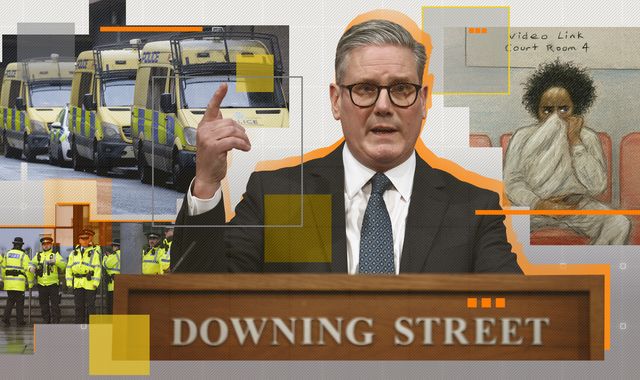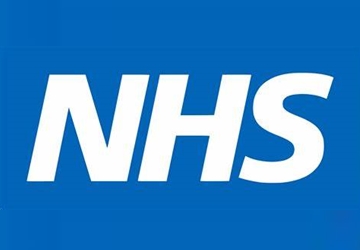The prime minister made his announcement the day after Axel Rudakubana pleaded guilty to the murder of three young girls in Southport last summer. A public inquiry into the failings that allowed the crime to take place is also under way.
After his guilty plea, it emerged Rudakubana was referred to the Prevent programme, a government-led agency set up to stop the spread of terrorism in the UK, three times in the 17 months before the attack, but a judgement was made that he did not require intervention.
New security threats on the rise
Data from the Prevent programme suggests that this trend isn’t new.
Prevent categorises the people who are referred to it by their belief system, for example Islamists, the far-right, incels, or people inspired by school massacres. There are also a handful of categories of people with either no clear ideology, or whose personal ideology sometimes takes on conflicting parts of different ideologies.
More people are already categorised as “vulnerable [to radicalisation], but with no ideology or counter-terror risk”, than any other category, including those with far-right or Islamist views. They were 36% of all referrals in 2023/24, up from 25% in 2019/20.
But only a small number of those cases are taken on by Channel, a deradicalisation programme that is effectively the next stage in the Prevent process, for people who are assessed to be most in need of intervention.
Dame Sara Khan, a former counter-extremism commissioner, told Sky News: “This is not a new phenomenon. If many of these individuals did not meet the threshold for Channel, what support or counter-radicalisation interventions did they receive – if any?
“There is no effective system in place to deal with such individuals and they will continue to pose a serious concern.”
The growth of ‘pick and mix’ extremism
A mix of factors is driving the growth in extremist ideologies that don’t fit into specific ideological brackets – what some experts call “pick and mix” extremist ideologies. The spread of misinformation and ease of access to radical information online is undoubtedly one of them.
A recent survey by anti-racism campaign group HNH showed that nearly three quarters of 16 to 24-year-olds say they had come across content that is either hateful, violent, extremist or terrorist online.
But the offline world is part of the cause too. Dame Sara’s recent report on extremism highlights how issues like immigration or the cost-of-living crisis could create a social climate that makes more people susceptible to extremism.
The public inquiry into the Southport attack could expose the flaws in Prevent’s system of working. The programme was originally created to deal with traditional terrorism and experts suggest that its mechanisms don’t work with the complexities of self-initiated radicalisation based on the internet.
Dr Joe Ondrak, an expert in online radicalisation, pointed out that this is not the only recent case where a perpetrator has followed this path to extremism, saying “Rudakubana and cases like Cameron Finnegan… they are different. But the mechanisms and the ingredients for that kind of radicalisation, they’re picking from the same supermarket shelves of self-initiated radicalisation”.
Al Baker, managing director at Prose Intelligence, an open-source intelligence company that researches extremist activity on Telegram, says it could be “a long overdue rethinking of what our counterterrorism strategy should look like in the age where self-radicalisation is a lot more normal”.
The Data and Forensics team is a multi-skilled unit dedicated to providing transparent journalism from Sky News. We gather, analyse and visualise data to tell data-driven stories. We combine traditional reporting skills with advanced analysis of satellite images, social media and other open-source information. Through multimedia storytelling, we aim to better explain the world while also showing how our journalism is done.






























